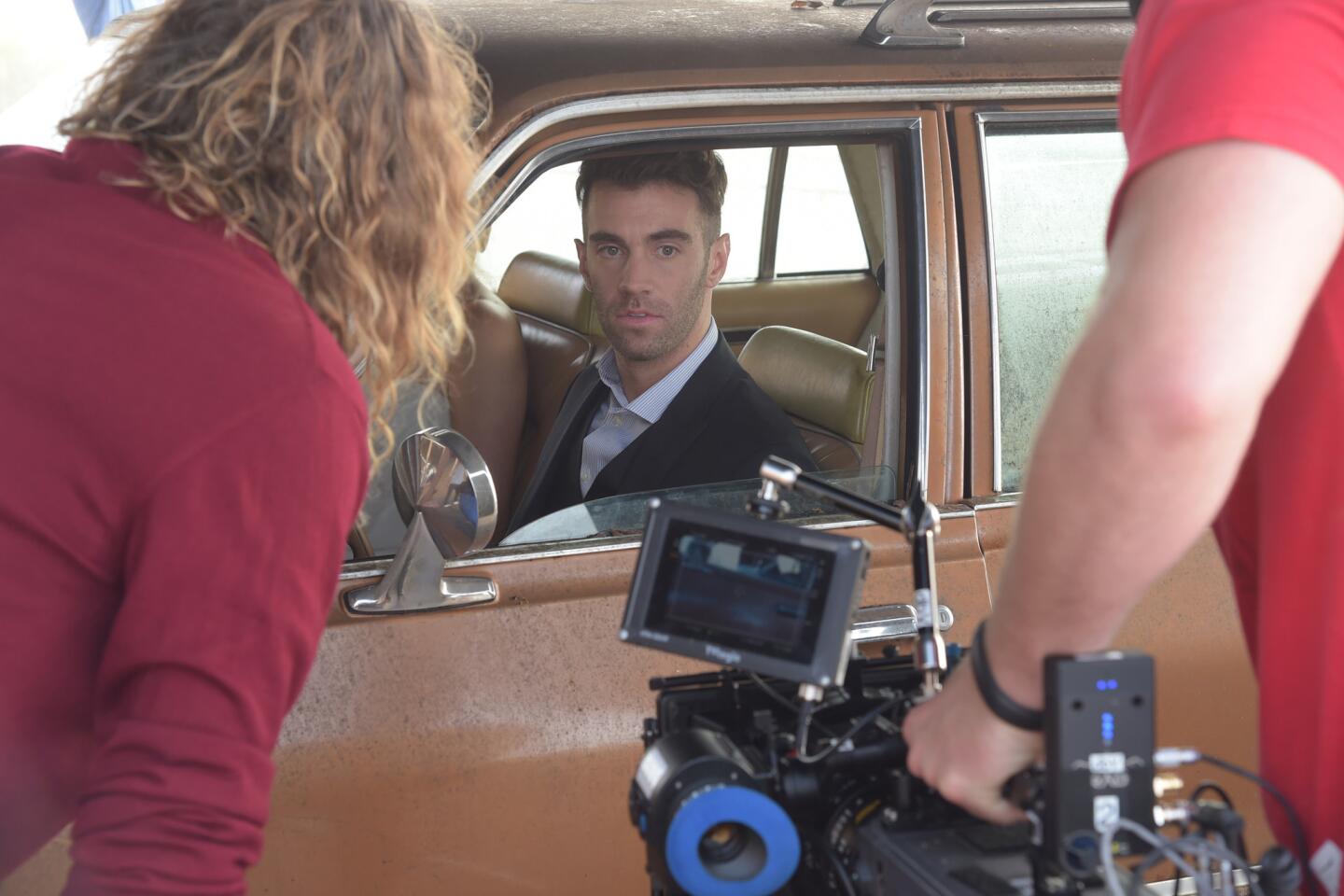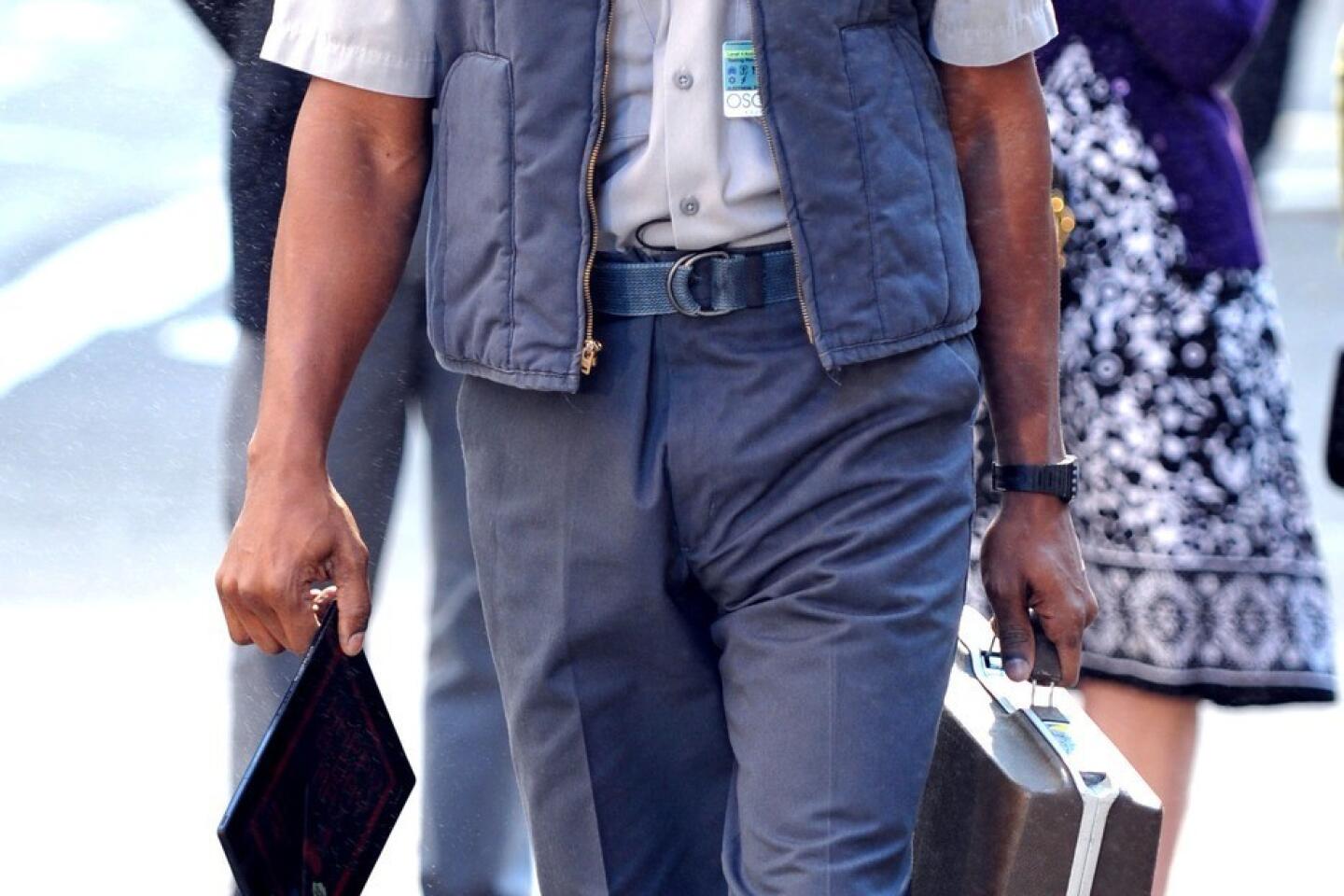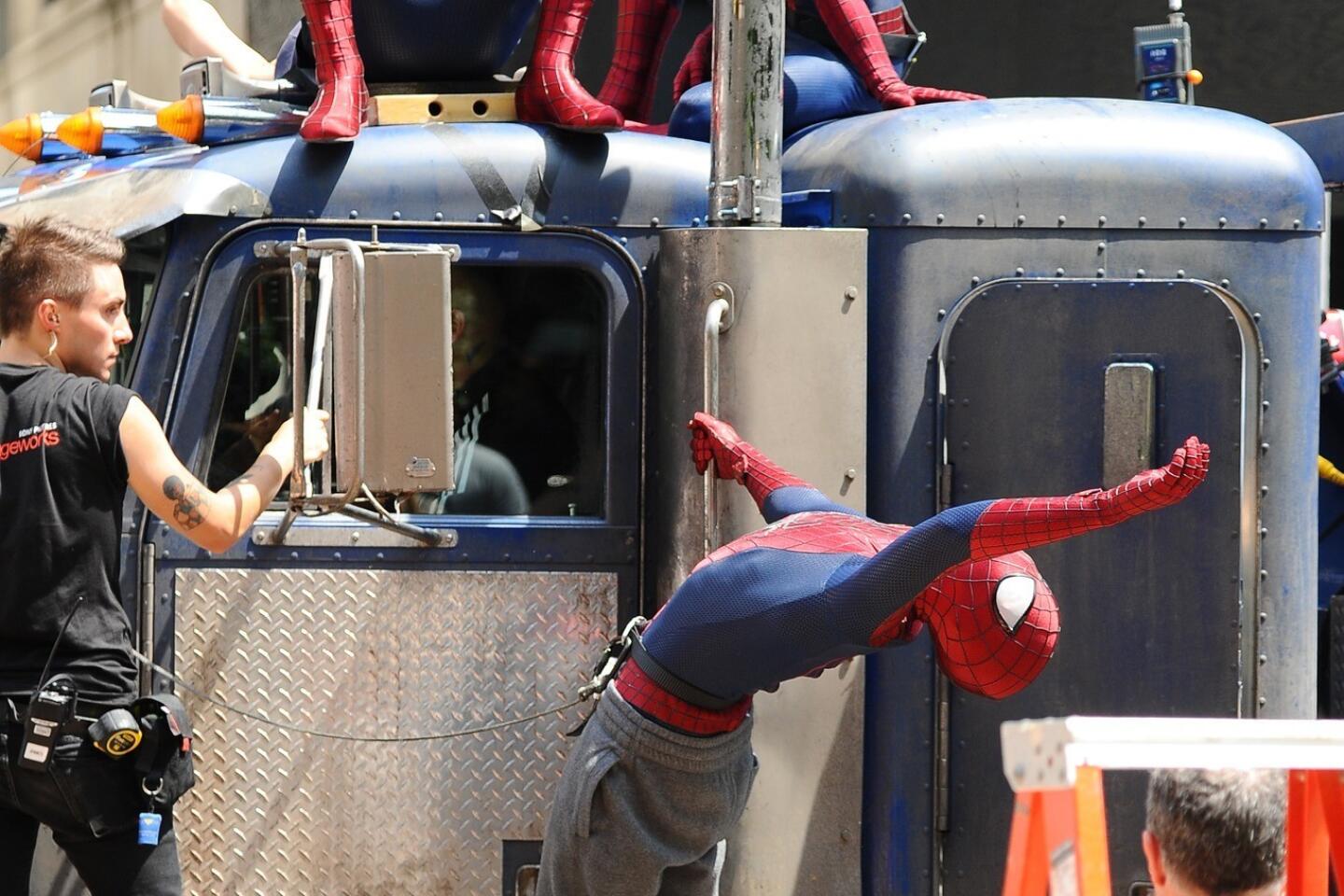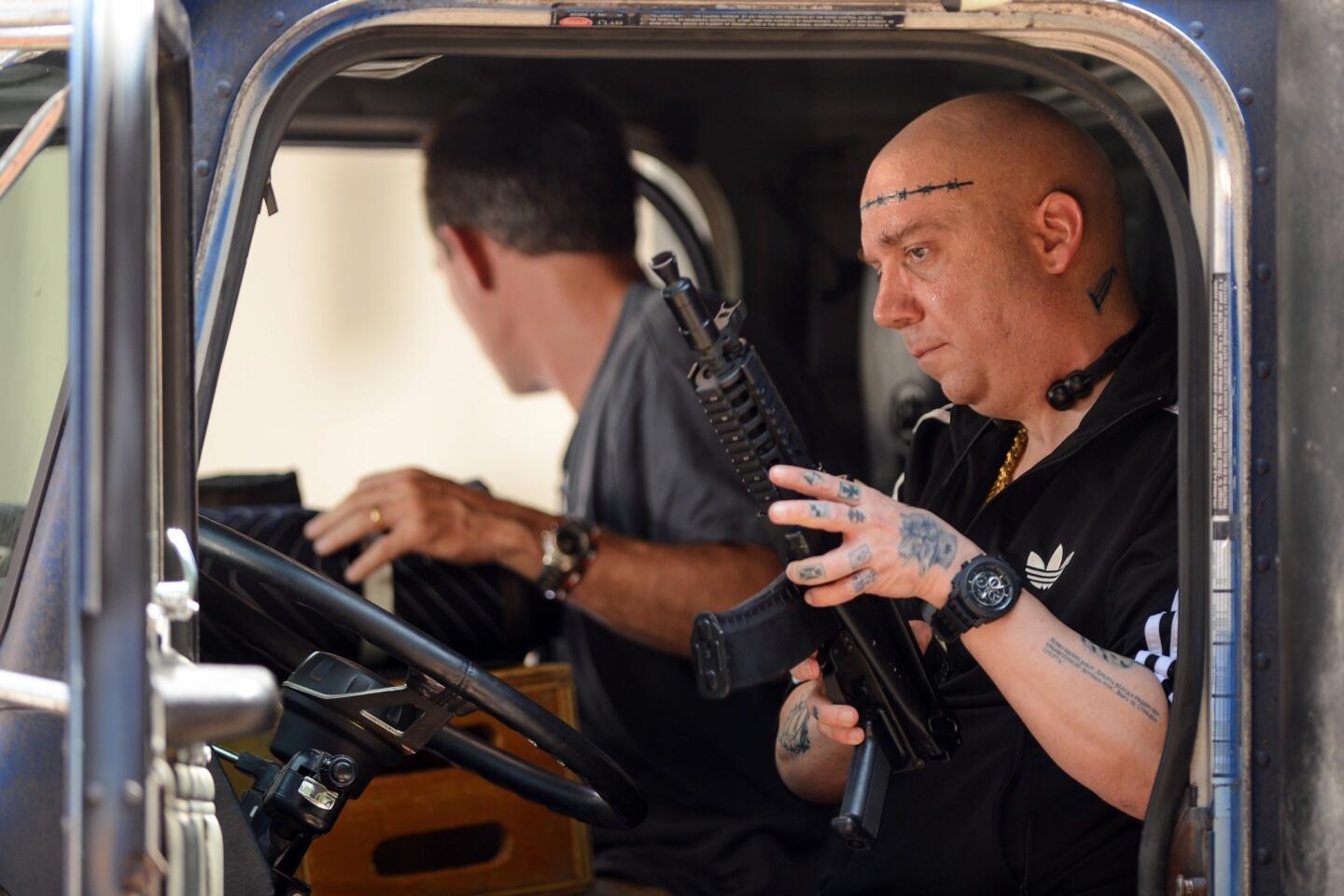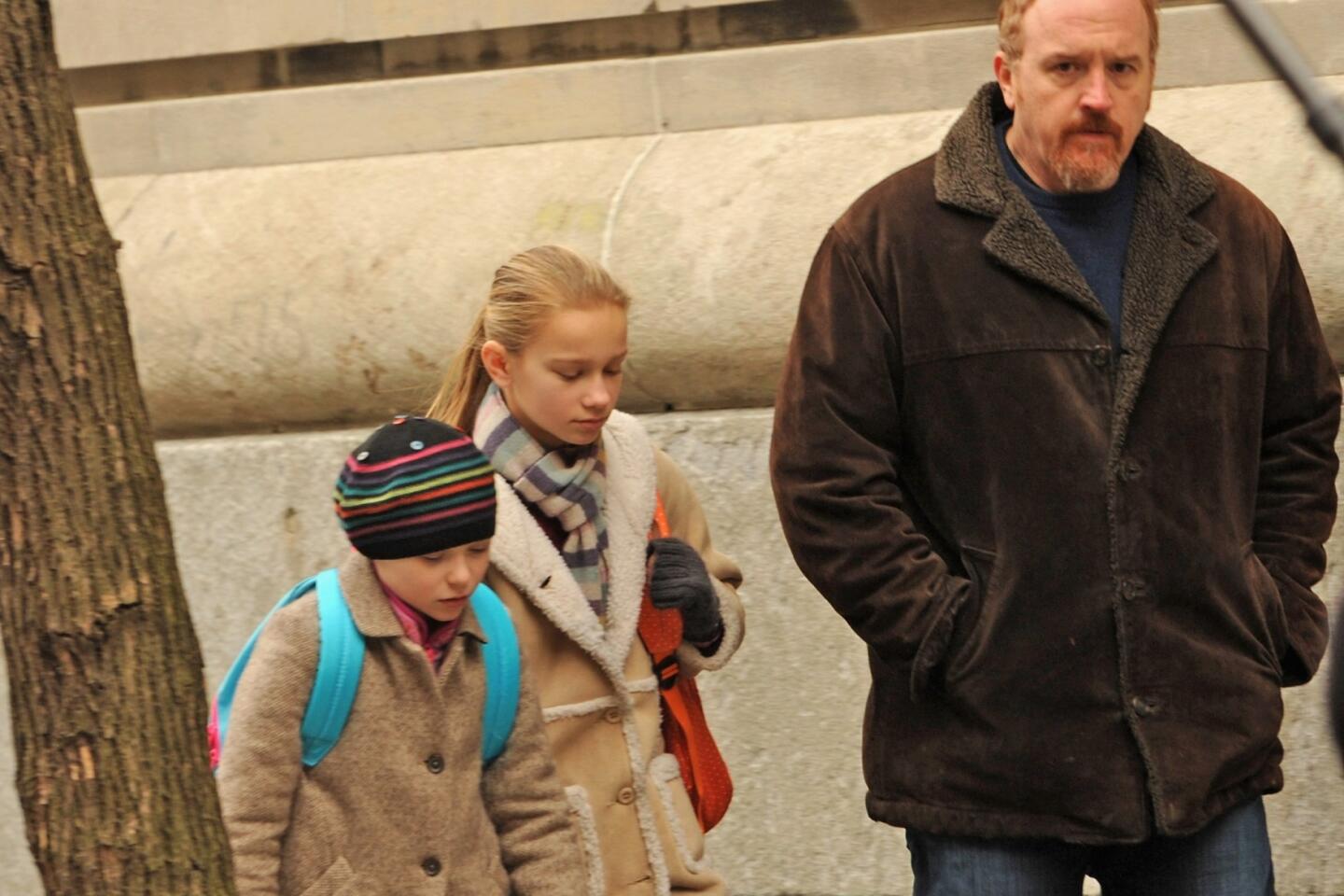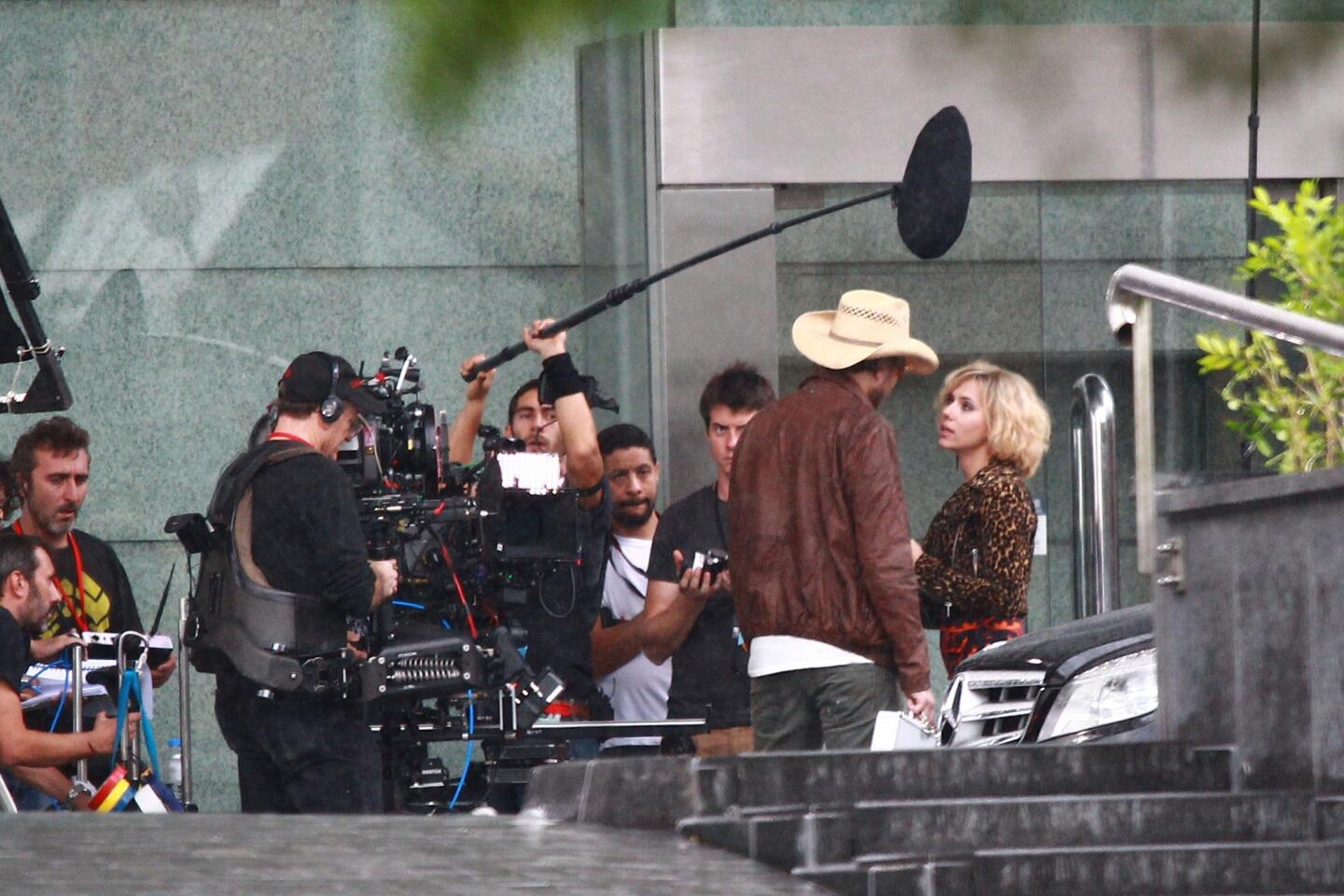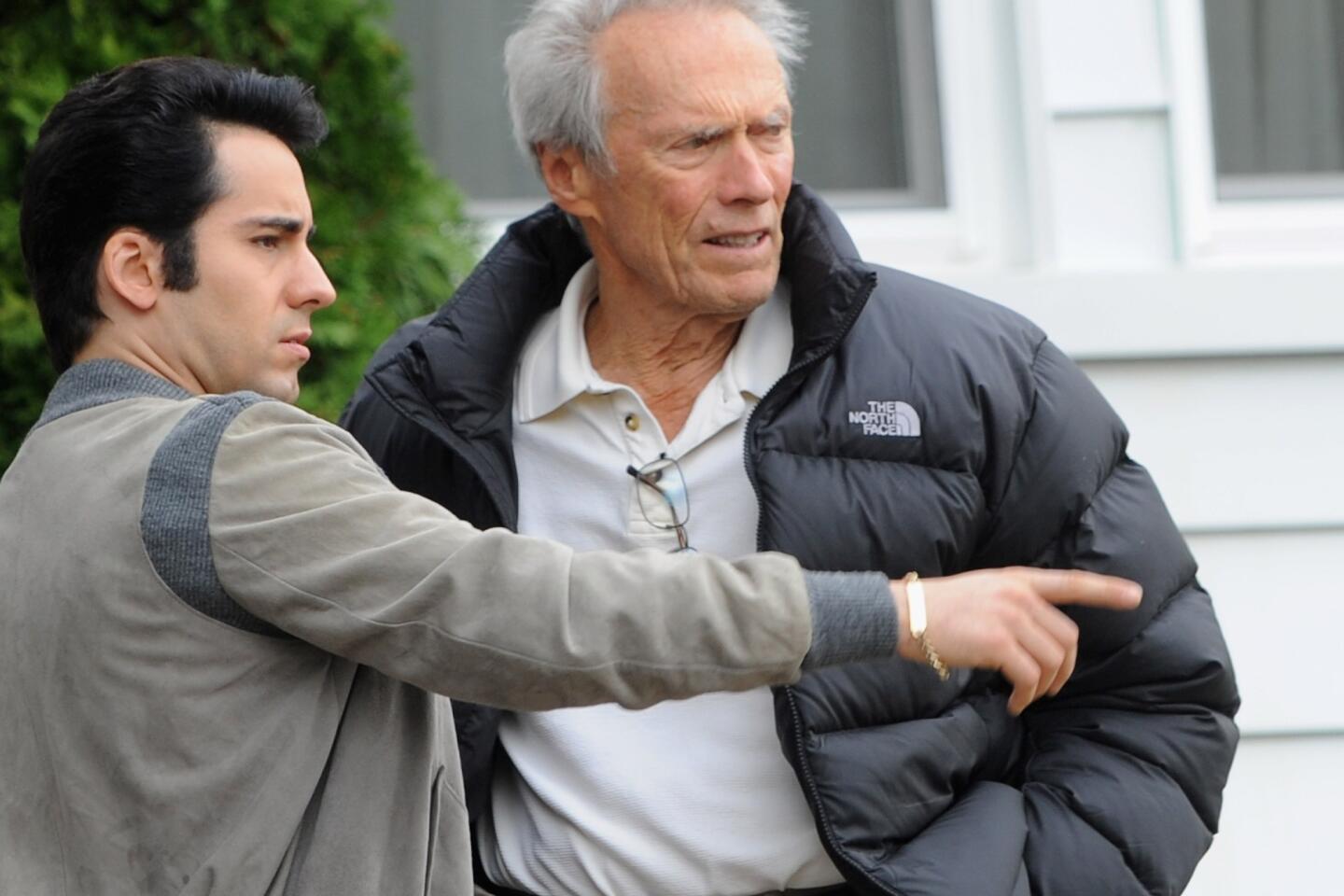John Sayles does indie hustle again with ‘Go for Sisters’
Some jobs — catching fastballs, singing pop songs, dancing en pointe — are a lot easier when you’re young.
Add to that list directing independent movies, where it’s not the physical demands that wear out many filmmakers but the financial stresses. At some point, most indie directors tire of the never-ending hustle for the money to make and release their movies and repair to the more lucrative worlds of television and studio fare.
That’s what makes the career of John Sayles so remarkable. At 63, Sayles, an endurance athlete in the punishing sport of independent film, has just released his 18th movie and fourth in a row that is primarily self-financed, a character-driven, border-set whodunit called “Go for Sisters.”
PHOTOS: Celebrities by The Times
Though some critics have called the film a return to form for Sayles, who received Oscar nominations for his “Passion Fish” and “Lone Star” screenplays in the 1990s, the director has hinted that he may not be making movies this way much longer.
Sayles has outlasted most of the companies that released his movies over the years and been witness to radical transformations in his industry, from the introduction of video to Netflix.
“It’s easier than it ever was to make a movie,” he said. “If you’re talented and the breaks go your way, you can make a good movie. The toughest part is getting any money back from it. When people say, ‘the independent movie business,’ I say, ‘There are independent movies. I don’t think there’s an independent movie business.’”
Sayles’ audience is loyal but small, and his socially conscious movies aren’t particularly fashionable in an independent film world that is driven mostly by stories of attractive young people and their ennui.
Like most of Sayles’ work, “Go for Sisters,” which he also wrote and edited, infuses its narrative with issues of race, class and moral dilemmas. As children, Bernice (LisaGay Hamilton) and Fontayne (Yolonda Ross) were close friends who bore such a resemblance people said they could “go for sisters.” As adults, they have followed starkly different paths but serendipitously reconnect when Bernice, a strait-laced parole officer, is assigned to monitor Fontayne, a recovering drug addict fresh out of jail.
PHOTOS: Behind the scenes of movies and TV
Though tempted and professionally obligated to keep her troubled old friend at arm’s length, Bernice finds Fontayne’s extra-legal history useful when a crisis hits — her son is missing on the Mexican border. Together with former police detective Freddy Suárez (Edward James Olmos), the women head south to find him.
The movie, which has already opened in New York and Los Angeles, is expanding over the next few weeks to theaters in Atlanta, Austin, Chicago, Columbus, San Diego and other cities.
“I had this idea for a while, thinking, ‘How much money do I have left in the bank?’” Sayles said over breakfast in Austin, Texas, last spring, where the movie premiered at the South by Southwest film festival. “I made a half-assed effort to raise some outside funds but it’s almost impossible.... I don’t know if I’ve actually done this before ... a movie where I actually didn’t feel like I had enough money and time. It’s not that the movie suffered that much, it’s that I wish I’d been able to pay people more and the hours weren’t so long.”
Sayles shot “Go for Sisters” on his own dime for less than $1 million. The production, lasting a mere 19 days and hitting 66 locations in the San Fernando Valley and Mexico, had its share of nail-biter moments, including a 117-degree day in Mexico and the moment when Border Patrol agents stopped a cameraman trying to capture a shot of a Mexicali border crossing.
“The guy called and said, ‘Well I didn’t get arrested, but it’s a shaky, 7-second thing,’” Sayles said. “I said, ‘Yeah I can slow that down. It’s just an establishing shot.’ A lot of the way I’m able to do a movie in four weeks is having done 17 movies before.”
Sayles, 6 feet 4, broad-shouldered and casual, could easily be mistaken for a guy who came to fix the sink — not a guy who won a MacArthur “genius” grant in 1983, though he did.
While shooting, he relies on what will be his own crafty editing to keep the production moving. “I’ll say we’re moving on,” he said. “An actor will say, ‘But I blew a line every take’ and I’ll say, ‘But you blew a different line every take.’”
Olmos, who has straddled the studio and independent worlds for much of his career, found Sayles’ schedule breathtaking in its ambition. “I’ve never done a faster movie in respect to the location,” Olmos said. “If you don’t know what you’re doing, you’re never gonna make your day.... The beauty of it is total artistic control, to the blink, to the breath.”
Sayles said he would prefer not to finance his own movies but has been able to because of his uncredited work polishing scripts for others.
“In the last 10 years, because most things have more than one writer on them and they do that adjudication, I’ve taken my name off more things than I’ve left them on,” he said. “Sometimes it’s like, well it’s fine, it’s just this isn’t my work anymore so I shouldn’t get credit and sometimes it’s, I don’t want to take the rap for this.”
As a financial strategy, it has worked for Sayles since 1979, when he financed his first film, “Return of the Secaucus 7,” with money he had from writing scripts for B-movie producer Roger Corman. By casting his friends — including the woman who is still his off-screen and frequent producing partner, Maggie Renzi — Sayles kept his budget small.
“When I go talk at film schools, I say, ‘Your second movie you have to pay people something … or get new friends.’”
As a sexegenarian making movies for under $1 million, Sayles has few peers. Indie godfather John Cassavetes has been dead for more than 20 years.
Reviews for “Go for Sisters” have been mixed, with critics praising Sayles’ textured characters but finding the movie lacking the urgency of work he did in his prime, such as “Matewan,” his 1987 drama about a coal miners’ strike, or “Lone Star,” his 1996 Texas-set mystery.
Nevertheless Sayles is paying to send out awards season screeners, more with an eye toward getting his actors their next job than with collecting a statuette. “It’s part of my responsibility to the actors to get them seen by people in the business,” he said. It worked for Ross, who earned an Independent Spirit Award nomination as supporting actress Wednesday.
Recently the director, who lives in New York’s Dutchess County and maintains an office in Hoboken, N.J., has sought to find another revenue stream by gaining some money from the sales of movies in his back catalog, many of which can be seen via Netflix and iTunes. Some of the companies that distributed Sayles’ older films have gone out of business. For one movie, it took the lawyers he had hired more than a year to figure out who actually owned the rights.
His goal is to find them all and make them available for sale on his own website, something he is doing with the help of Variance Films, the self-distribution company that is handling “Go for Sisters.”
Like many filmmakers these days, he is also working on multiple cable TV projects. As for films, he said he is done with the hustle for now.
“Making ‘Go for Sisters’ I basically got my bank account down to zero,” Sayles said. “I’m one of the lucky people. I have a bread job which is writing screenplays. But if I’m gonna direct another movie, somebody’s gonna have to ask me.”
More to Read
Only good movies
Get the Indie Focus newsletter, Mark Olsen's weekly guide to the world of cinema.
You may occasionally receive promotional content from the Los Angeles Times.
